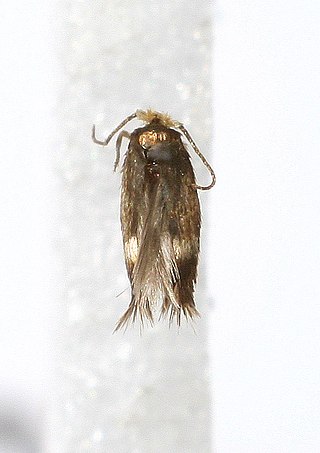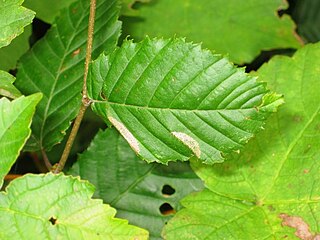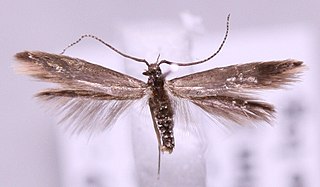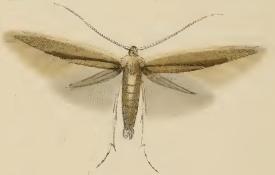
Hornbeams are hardwood trees in the plant genus Carpinus in the family Betulaceae. The 30–40 species occur across much of the temperate regions of the Northern Hemisphere.

Carpinus betulus, the European or common hornbeam, is a species of tree in the birch family Betulaceae, native to Western Asia and central, eastern, and southern Europe, including southern England. It requires a warm climate for good growth, and occurs only at elevations up to 1,000 metres (3,281 ft). It grows in mixed stands with oak, and in some areas beech, and is also a common tree in scree forests. Hornbeam was also known as yoke elm.

The University of Delaware Botanic Gardens are botanical gardens and an arboretum located on the campus of the University of Delaware, in Newark, Delaware, United States. The gardens are open to the public without charge.

The Fell Arboretum is an arboretum located across the campus of Illinois State University in Normal, Illinois.

Acer carpinifolium is a species of maple native to Japan, on the islands of Honshū, Kyūshū, and Shikoku, where it grows in woodlands and alongside streams in mountainous areas.

Alsophila aescularia, the March moth, is a species of moth of the family Geometridae. It is found throughout Europe and can be a pest of fruit trees.

Acleris sparsana is a moth of the family Tortricidae found in Europe and Iran. It was first described in 1775 by the Austrian lepidopterists Michael Denis and Ignaz Schiffermüller.

The March dagger moth is a moth of the subfamily Chimabachinae. It is found in Europe and was first described by Michael Denis & Ignaz Schiffermüller in 1775.

Stigmella microtheriella is a moth of the family Nepticulidae, found in Asia, Europe and New Zealand. The larvae mine the leaves of hazel and hornbeams. It was described by the English entomologist, Henry Tibbats Stainton in 1854 from a type specimen found in England.

Stigmella carpinella is a moth of the family Nepticulidae. It is found in from Sweden to Belgium, the Alps, Croatia and Bulgaria, and from Great Britain to Ukraine.

Stigmella floslactella is a moth of the family Nepticulidae. It is found in all of Europe, except the Balkan Peninsula and the Mediterranean islands.

Phyllonorycter esperella is a moth of the family Gracillariidae. It is found from Sweden to the Pyrenees, Italy and Greece and from Great Britain to Ukraine.

Phyllonorycter tenerella is a moth of the family Gracillariidae. It is found from Sweden to the Pyrenees, Italy and Bulgaria and from Great Britain to north-western Russia and Ukraine.

Ambulyx japonica is a species of moth of the family Sphingidae first described by Walter Rothschild in 1894. It is known from eastern China, Korea, Japan and Taiwan.

Coleophora fuscocuprella is a moth of the family Coleophoridae. It is found from Fennoscandia to the Pyrenees, Italy, Albania and Romania and from Ireland to Russia.

Coleophora milvipennis is a moth of the family Coleophoridae. It is found in all of Europe, east to Japan (Hokkaido).

Coleophora orbitella is a moth of the family Coleophoridae. It is found from Scandinavia and northern Russia to the Pyrenees and Italy and from Ireland to Poland and Hungary.

Alsophila aceraria is a species of moth in the family Geometridae. It is found from south-western Europe and France to Germany, Austria, Italy, western Ukraine, the Balkan Peninsula, the southern Crimea, the Caucasus and Transcaucasus.

The Central Korea deciduous forests is a temperate broadleaf and mixed forests ecoregion on the Korean Peninsula, covering portions of South Korea and North Korea.

Carpinus perryae is an extinct species of hornbeam known from fossil fruits found in the Klondike Mountain Formation deposits of northern Washington state, dated to the early Eocene Ypresian stage. Based on described features, C. perryae is the oldest definite species in the genus Carpinus.

















